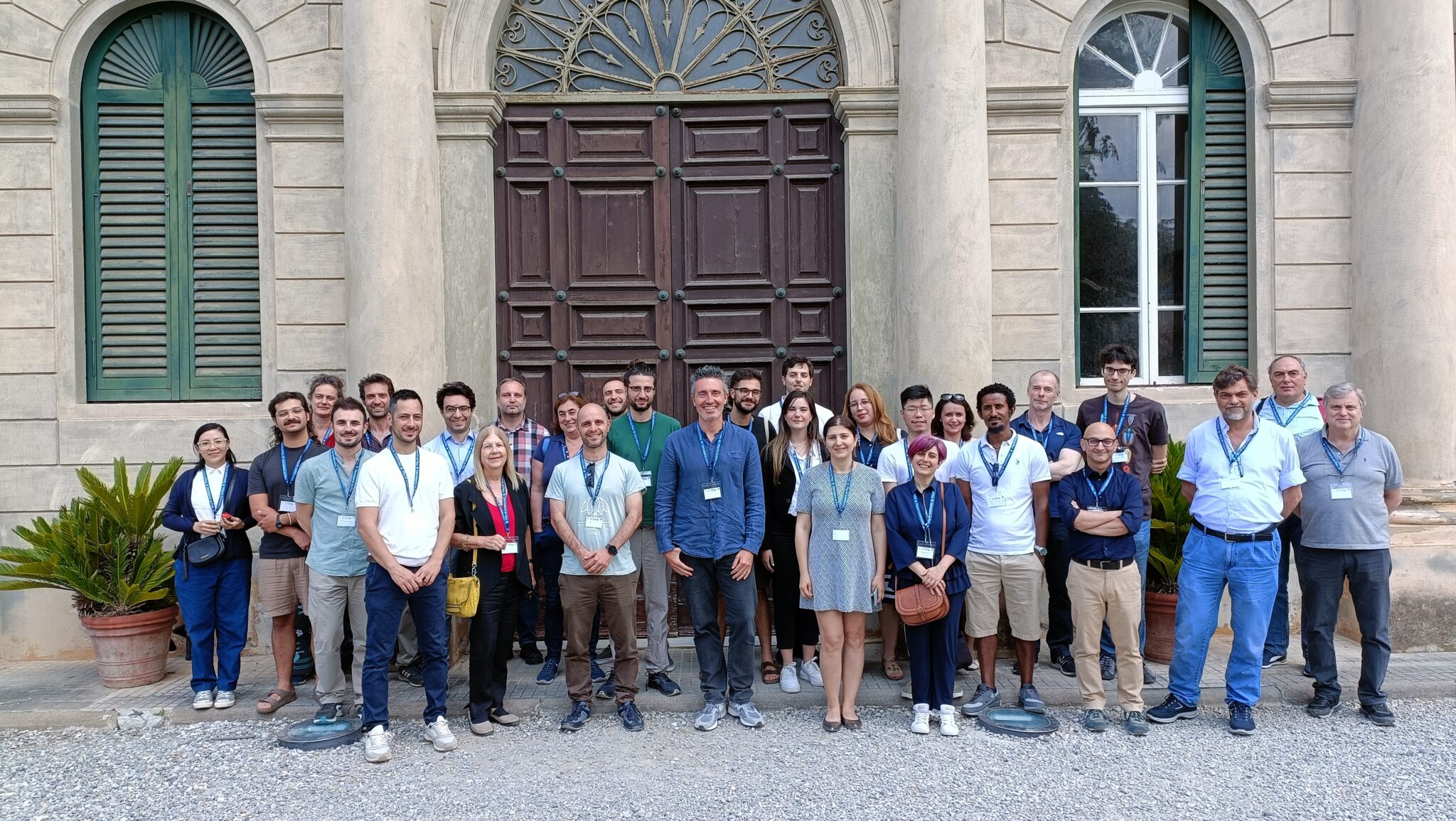IACS500 Wraps Up: Celebrating 500 Years of Andrea Cesalpino’s Legacy in Systematics
Orto e Museo Botanico 9 June 2025
IACS500 Wraps Up: Celebrating 500 Years of Andrea Cesalpino’s Legacy in Systematics
The congress welcomed 34 participants, mainly from Europe (Italy, Bulgaria, Austria, Czech Republic, Spain), but also from Asia (China), Africa (Morocco), and South America (Brazil).
On June 5th and 6th, an international symposium was held in Pisa to celebrate Andrea Cesalpino on the 500th anniversary of his birth. The symposium, organized by the Botanical Garden and Museum of the University Museum System in collaboration with the Department of Biology and the Natural History Museum of Calci, was supported by several prestigious Italian and international scientific associations: The Systematics Association, International Association for Plant Taxonomy, Società Botanica Italiana, Unione Zoologica Italiana, Società Italiana di Biogeografia, Società Italiana di Protistologia.
A physician and botanist, Cesalpino proposed the first attempt at a biological classification system based on the affinities between organisms. Born in Arezzo, he studied and later became a professor at the University of Pisa. Over the years, our university has seen many great scientific figures, but Cesalpino is certainly among the most distinguished. In fact, his portrait appears in the lower-left corner of the diplomas awarded by the University, alongside – in the other three corners – other prominent figures such as Galileo Galilei, Leonardo Bonacci (known as Fibonacci), and Domenico Cavalca.
The symposium aimed to highlight the crucial role Andrea Cesalpino played in biological systematics, while also underscoring the importance of this discipline both in biology and beyond. The program featured a total of 4 invited talks and 16 oral presentations.
On the first day, 3 invited talks and 8 oral presentations covered a wide range of topics: from celebrating the life and legacy of Andrea Cesalpino, to the integrated systematics and taxonomy of protists and plants, to the presentation of innovative methods for morphometrics and the application of artificial intelligence. The day concluded with a welcome cocktail held in the Botanical Garden.
On the second day, one invited talk and 8 oral presentations showcased an innovative index to quantify the support for a taxonomic hypothesis, a method to optimize scientific illustrations, and various case studies on integrated taxonomic approaches involving flowering plants, ciliates, gastrotrichs, and isopods.
The symposium concluded with a guided tour of the Botanical Garden and Museum, led by the Director.
Download this article in Italian and English































